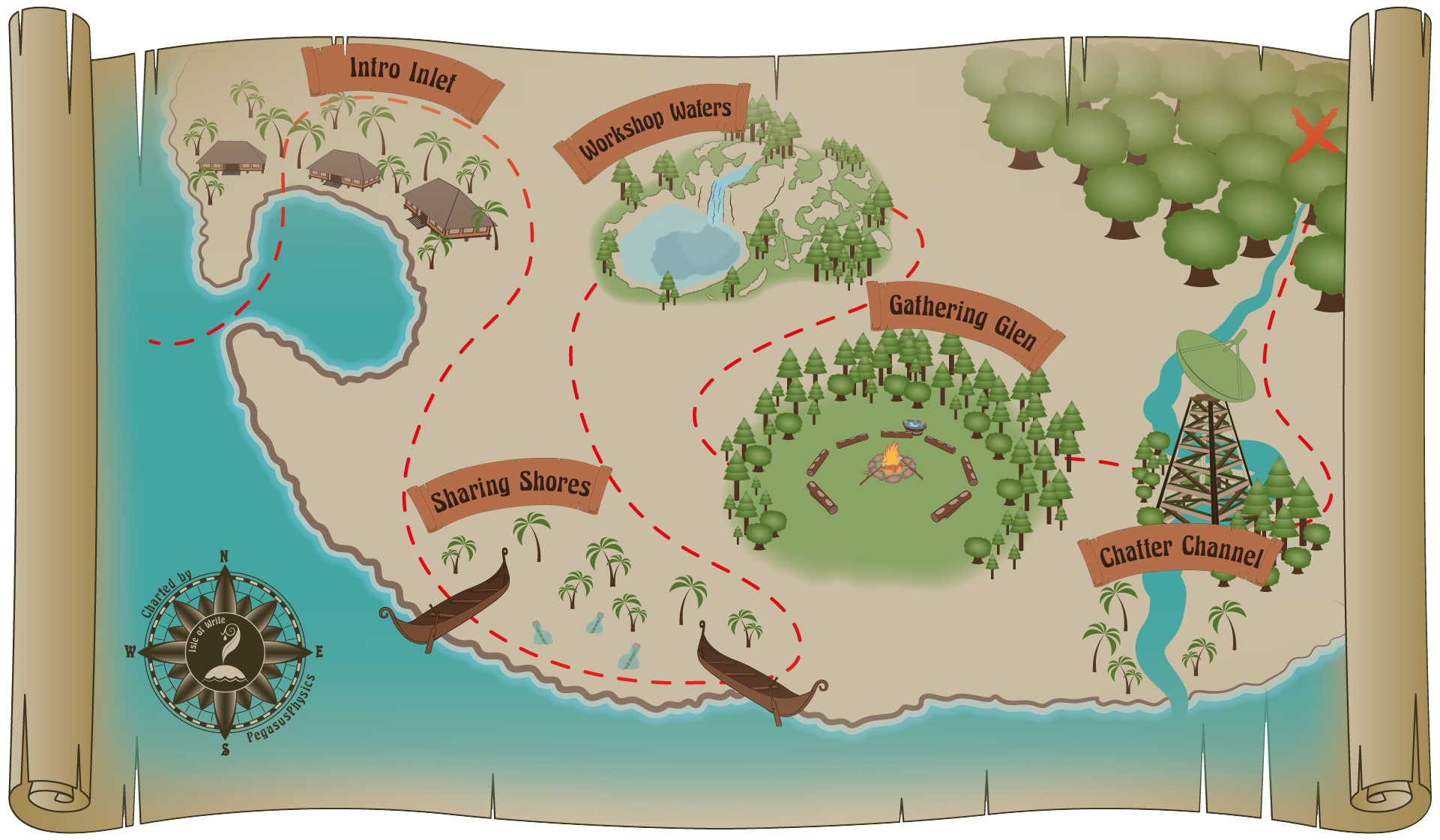
Part 1 | Part 2 | Part 3 | Part 4 | Part 5 | Part 6 | Part 7 | Part 8 | Part 9 | Part 10 | Part 11 | Part 12 | Part 13 | Part 14 | Part 15 | Part 16 | Part 17 | Part 18 | Part 19 | Part 20 | Part 21 | Part 22 | Part 23 | Part 24 | Part 25 | Part 26 | Part 27

In the journal, Nature, Guillaume Chapron suggested that smart contracts could help solve sustainability issues through blockchain governance. So let's explore one way a smart contract might be able to do that.
Imagine a public lake on the outskirts of town that's being over-fished. Too much of the lake's resource of fish is being consumed too quickly and the fish population can't recover fast enough. Over-fishing at this current rate isn't sustainable and eventually the fish population will be depleted.

So a group of conservationists get together to form the EcoFish Protection League. They want to help solve this problem of over-fishing. But what can they do?
They might try protesting every day at the lake to convince fishermen to fish less. They might try to educate members of their community that the lake is being over-fished. They might ask the government to rescind fishing permits for a while. Or, they might try using blockchain governance, creating a smart contract on the blockchain. This smart contract would be independent from any parties involved, including the community living near the lake, the fishermen, government officials, or even the members of EcoFish, itself. This independence even from the people who created it is what instills trust in the smart contract's execution.
Smart contracts, as we saw in the Tooth Fairy example, will self-execute on the blockchain when certain conditions are met. So let's imagine that EcoFish creates a smart contract saying that fish can only be caught on days when there are at least 1,000 fish alive in the lake. Only when the condition of 1,000 fish is met will the contract execute.
Lake sensors detect the fish population numbers at any given time. When those sensors detect that a number of fish greater than 1,000 is present, the smart contract will automatically execute on the blockchain, sending local fishermen in the area an electronic fishing permit. This permit would be good for a specified amount of time, maybe one or two days, during which time permit holders can fish on the lake.
Meanwhile, the number of fish in the lake are constantly being tracked and the data is sent to the smart contract. The next day, if the number of fish is below 1,000, the smart contract would fail to execute, and no electronic fishing permits would be sent until the fish numbers recover.
The smart contract will be solving three problems in this situation: 1) it will automate the function of allocating fish permits that people will no longer need to calculate or perform (meaning people will no longer need to be paid to calculate or perform, which will save money), 2) it will guarantee that permitting is handled without fraud or error, and 3) it will solve the overall problem of sustainability for the lake's fish population.
Next time we'll look at how smart contracts might solve other sustainability issues.
This article is one of a series I'm writing for the 30 Day Writing Challenge hosted by @dragosroua. If you want to join, write on a topic that interests you or that you'd like to learn more about and use the tag #challenge30days. As Dragos says, "The key word sequence here is: "write every day."

Think you'd like to wash up on our shore?
The treasure map will bring you right to our door!

lake image and cover art using pixabay.com images ]

